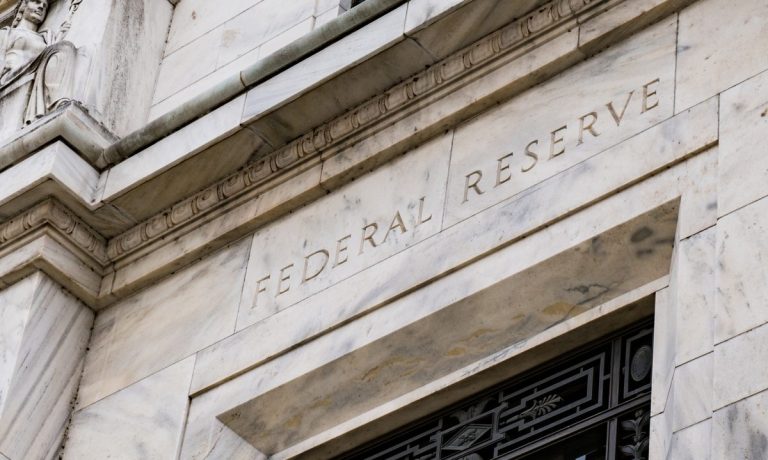
The Federal Reserve Board announced on Monday (June 27), the final timeline and other implementation details for the adoption of a new Fedwire Funds Service message format. The Fed has decided to delay the implementation of these changes until March 10, 2025, from the original date of November 2023. The reason for this delay is that the Fed is prioritizing the implementation of the new real-time-payment network, known as FedNow Service, which is expected to be launched also in 2023.
The Fedwire Funds Service is a real-time gross settlement system owned and operated by the Federal Reserve Banks, which enables businesses and financial institutions to transfer funds quickly and securely. For the Fedwire Funds Service to enjoy greater interoperability among global payment systems it needs to use a message format known as ISO 20022. This message format was developed by the International Organization for Standardization, which is an independent, non-governmental organization and it is widely used by other financial institutions and other central banks. This format provides a richer set of payment data that may help banks and other entities comply with sanctions and anti-money laundering requirements. The Fedwire Funds Services competes with CHIPS, another clearing and settling system developed by The Clearing House which is also implementing the new message format.
Read More: Bank Of England Pulls Payment Schemes Onto Same Page With ISO 20022
The Fed, in a 2021 notice, proposed that Reserve Banks adopted the ISO 20022 message format in one single day, around November 2023, but this new announcement has moved the date for the transition to March 10, 2025. The Fed will also introduce testing environments ahead of this date for depositary institutions to conduct coordinated testing to confirm their ability to send and receive ISO 20022 messages among each other.
But this delay in the implementation of the new message format stems from comments received by the Fed from financial institutions who urged the Fed not to launch FedNow and this new message format with such a short gap between the two, that originally was less than a year.
Multiple commenters expressed concerns about resource constraints resulting from the need to prepare simultaneously for the launch of the FedNow Service and the implementation of the ISO 20022 message format for the Fedwire Funds Service.
Some commenters were more explicit and asked the board whether “it is prioritizing the implementation of the ISO 20022 message format for the Fedwire Funds Services relative to the deployment of the FedNow Service and the potential expansion of the operating hours of the Fedwire Funds Service and National Settlement Service (NSS).”
The Fed board responded that while “it was aware of the limited financial and human capital resources available for competition payment-related priorities, the FedNow Service is expected to go online in 2023,” leaving no room for any delay in the launch of the new real-time-payment system. FedNow will be in direct competition with the other real-time-payment network existing in the U.S., developed by The Clearing House.
“The board believes that shifting the implementation date for the migration of the Fedwire Funds Service to the ISO 20022 format to March 10, 2025, rather than targeting November 2023 as proposed, should mitigate commenters’ concerns regarding resource constraints in light of the launch of the FedNow Service,” the Fed board said.
Read More: FedNow Pilot Brings New Features, Use Cases for Instant Payments in ’23 and Beyond
One of the reasons to prioritize FedNow may be due to the functionalities that the system may offer, compared to the other payment systems.
The FedNow Service will broaden access to instant payments features and use cases by clearing and settling payments between financial institutions around the clock every day in a Federal Reserve Bank master account.
Nick Stanescu, a Boston Fed senior vice president and FedNow Service business executive, spoke with Karen Webster recently about his organization’s progress with the FedNow pilot program, which began with an input and feedback phase in early 2021 and has recently shifted into an operational, pre-launch phase.
“In the first weeks of our early testing phase, several pilot organizations successfully connected and delivered test messages over the pilot version of the FedNow Service,” Stanescu said, “including smaller and large banks and some of the largest service providers.”